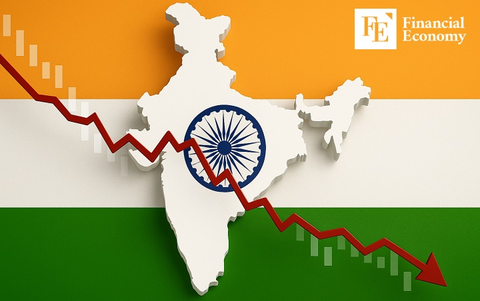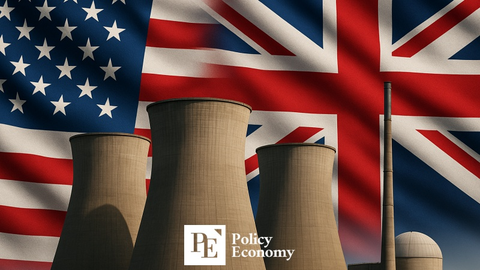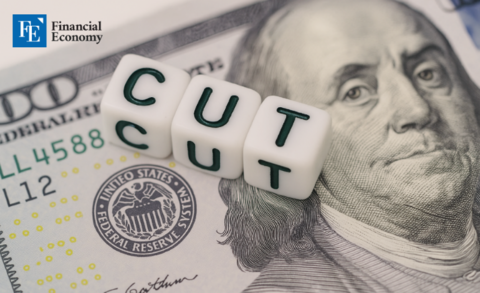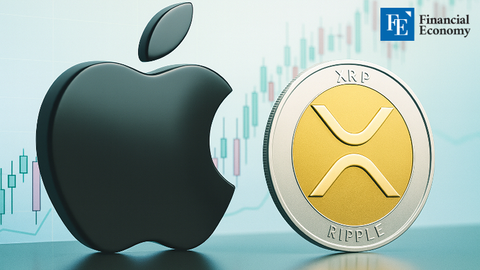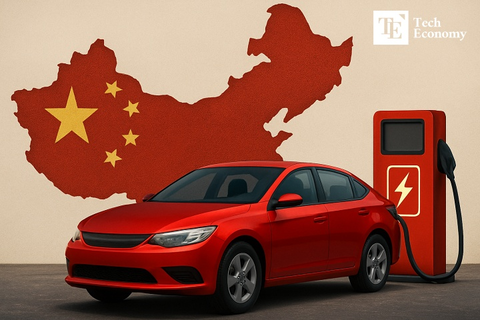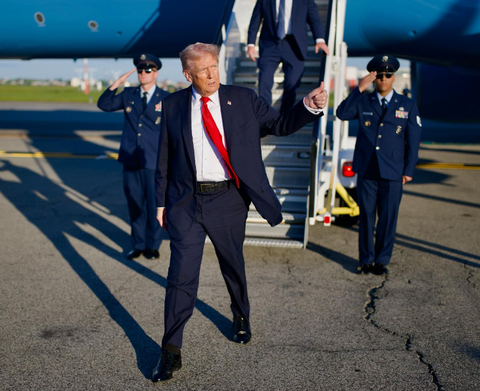EU Capitulates? Trade Deal Signals Unsettling Weakness in Brussels
Input
Changed
They call it crisis avoidance. France and Germany emerge as the most brutal hit. Yet the scars of compromise may outlast calm.
From the outset, the European Union appeared outmaneuvered at the negotiating table. Though widely touted by U.S. leaders as a diplomatic success, the new trade framework between Brussels and Washington left many Europeans reeling. National divisions, cautious leadership, and the specter of a threatened 30 percent tariff prompted the EU to accept a deal widely viewed as favorable only to American interests. In political capitals from Berlin to Paris, the deal has been described not as a compromise, but as capitulation.
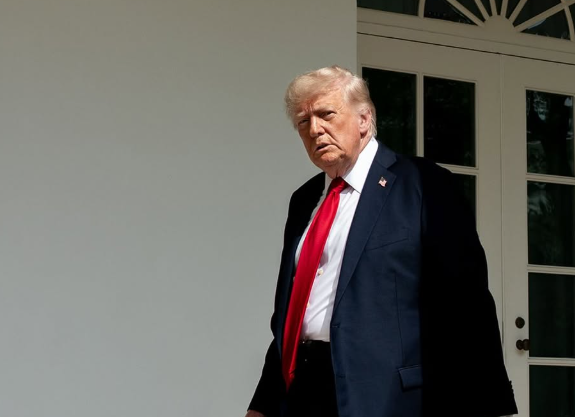
A Fragmented Strategy Meets a Tough Bargainer
As negotiations unfolded at Trump’s Turnberry estate in Scotland, EU officials moved under pressure to avert a trade war that might have imposed crippling tariffs on critical exports. Yet EU negotiators entered the talks from a position of collective weakness. Member states maintained differing priorities: Germany pushed for the protection of its automotive sector, France focused on agriculture and wine, while smaller states feared a broad economic fallout.
That fragmented focus proved costly. According to CNN reporting, Germany and France emerged as the most exposed under the agreement, facing increased levies on cars, machinery, wine, and pharmaceuticals. Germany’s auto giants, including Mercedes-Benz, BMW, and Volkswagen, saw their margins shrink as tariffs on vehicles were reduced from an earlier threat of 30 percent to 15 percent. French producers, particularly winemakers, found their exemptions delayed or unaddressed altogether; the result was a trade bloc that negotiated piecemeal and lost collectively.
Brussels proclaimed the outcome “the best we could do.” That statement alone reflects the depths of EU vulnerability. According to the BBC, EU decision-makers admitted that they accepted the deal to avoid the worst option: unilateral American tariffs hitting up to 30 percent. Even so, critics argue that the agreement imposes a sustained disadvantage on European firms for the duration of Trump’s term.
Hard Choices, Soft Leadership
The public response from European capitals ranged from guarded acceptance to fierce condemnation. France’s leadership labeled the agreement a “dark day,” while Germany’s economic elites described it as humiliating. In domestic debates, critics pointed to Ursula von der Leyen’s subdued posture at the negotiating table, arguing that European leaders lacked the political appetite to stand firm. Hungary’s prime minister framed it as outright capitulation, saying, “Trump ate Ursula for breakfast.”
That internal discord is not new. Across the EU, trade policy remains a rare arena of full cohesion. National leaders bring different priorities and constituencies to the table, and only Germany and France hold the weight to drive substance. Other member states, especially in Eastern and Northern Europe, prioritize access to the U.S. market over confrontation. Thus, what might have been a united front against high tariffs instead became a disjointed plea for mercy.
Analysts argue that if this deal had been handled with greater coordination, similar to models in Asia or within ASEAN, the outcome could have been stronger. But EU governance depends on consensus. When one or two countries yield, the whole bloc must follow. The result is a structure that can propose lofty principles but struggles in high-stakes brinkmanship.
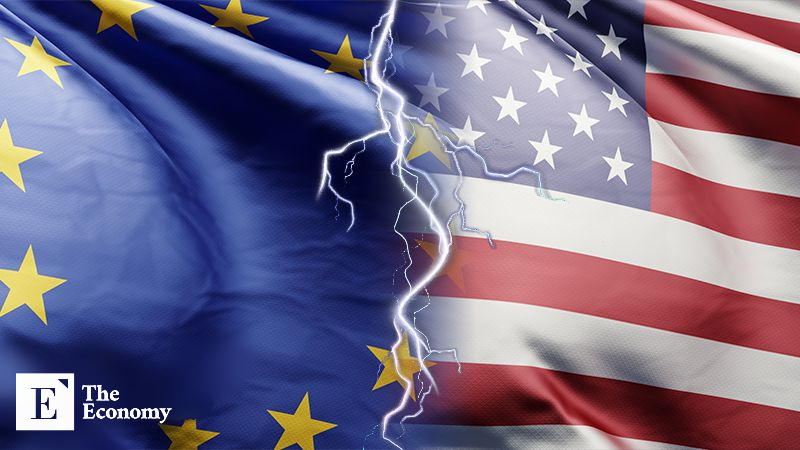
Long‑Term Disadvantages Despite Short‑Term Stability
Although it provides short-term certainty in trade relations, the framework may incur long-term costs. First, the 15 percent tariff, though lower than the threatened 30 percent, rises sharply above the EU’s pre-Trump average of around 1 to 2 percent. That increase introduces inefficiencies in pricing, supply chains, and market competitiveness. Markets remain volatile, but hope: Washington markets moved modestly higher as uncertainty subsided.
Second, uncertainty lingers over key sectors. Wine, spirits, pharmaceuticals, and agriculture were either excluded or left out pending further negotiation. While the EU avoided immediate escalation, the lack of clarity around these exemptions could shape investment and production planning in unpredictable ways.
Third, the deal sets a precedent. Trump’s willingness to threaten market access on short timelines, whether it be a 30 percent tariff deadline or nuclear threat rhetoric, is likely to become a playbook. Other global trade partners may also be coerced or rushed into agreements. For EU firms, this means rethinking legal protections, diversifying markets, or pressing the EU to reform its negotiation mechanisms.
As European leaders prepare for the next months of crisis, they face decisions that will test their unity and strategic resolve. Will they accept similar trade pressure, or begin to forge alliances beyond Washington, perhaps within Asia or among like-minded middle powers?
France and Germany face particular pressure. Their reliance on auto and pharma exports makes them vulnerable in ongoing trade frameworks. Their domestic governments must now contend with angry constituencies and shrinking margins. Others will watch whether Berlin or Paris can prevail or face leadership changes if the loss of leverage continues.
In the broader context, the deal reflects not just a moment of EU weakness but also deeper structural issues: fragmented decision-making, limited global bargaining cohesion, and a debate about who sets the tone in economic diplomacy.
The EU escaped an immediate trade war. But it may have traded confidence for calm. As critics in Paris and Berlin say, polite diplomacy is no substitute for a unified strategy, and the consequences may linger long after Trump leaves office.


